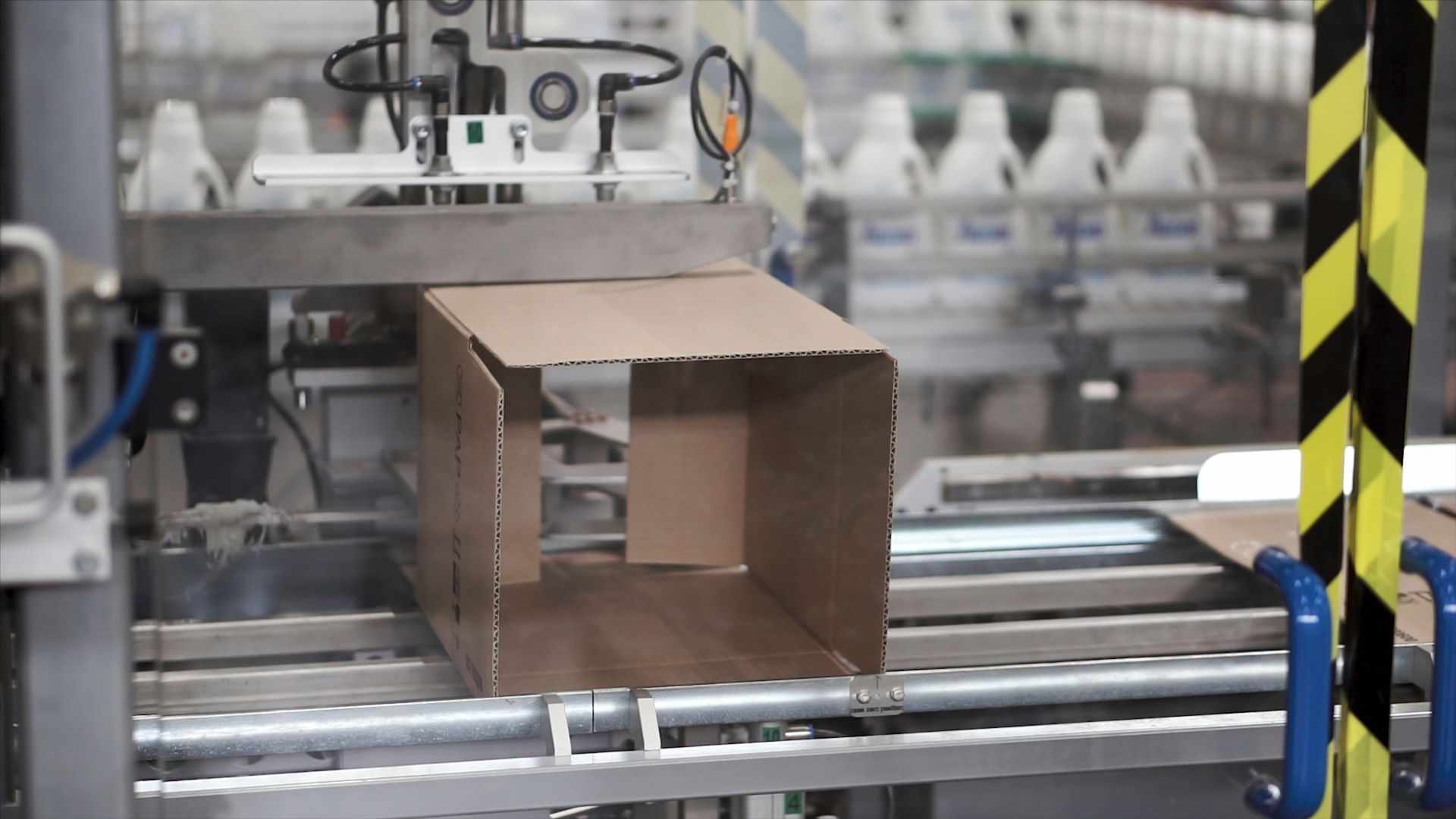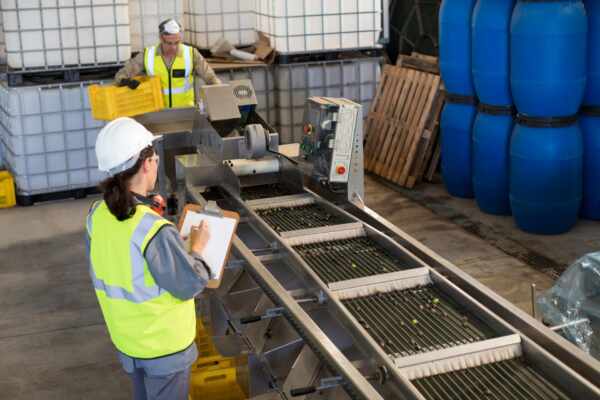Selecting the right conveyor belt system is a critical decision for any industry, as the belt material plays an essential role in determining the system’s durability, efficiency, and suitability for the intended application. With a wide range of materials available, including rubber, plastic, and stainless steel, it’s essential to understand the properties and capabilities of each type of conveyor belt to ensure that it meets your unique requirements.
In this article, we will provide an in-depth guide to conveyor belt materials, examining the features and benefits of the primary types available on the market. We will discuss rubber, plastic, and stainless steel belts, delving into aspects such as their physical properties, wear resistance, and typical industry applications. Our aim is to empower you with the necessary knowledge to make an informed decision when selecting a conveyor belt material for your specific needs.
Understanding the unique features and benefits of various conveyor belt materials is essential for any business looking to optimise efficiency, minimise maintenance requirements, and ensure a long-lasting conveyor belt system. By assessing aspects such as industry requirements, environmental factors, and system design, we hope to provide you with a comprehensive understanding of conveyor belt materials and help you make the most informed decision for your facility.
Rubber Conveyor Belts
Rubber conveyor belts are widely used across various industries, predominantly due to their flexibility, durability, and excellent impact resistance. Here, we will discuss some key aspects of rubber belts that contribute to their popularity.
- Rubber belts are highly resistant to wear and abrasion, making them suitable for use in various applications, including construction, mining, and heavy materials handling.
- They provide excellent grip and traction, ensuring that goods are transported securely and smoothly along the conveyor line.
- Rubber belts can also accommodate a variety of customisations, such as cleats or side skirts, to tailor their performance to specific industrial applications.
Plastic Conveyor Belts
Plastic conveyor belts offer a lightweight and versatile option for a wide array of industries and applications, providing several advantages over other belt materials.
- Plastic belts can be made from various materials, such as polyurethane, PVC, and polyethylene, to suit specific requirements in terms of strength, temperature resistance, and chemical compatibility.
- They are easy to clean and maintain, making them particularly suitable for applications in the food, pharmaceutical, and cosmetic industries, where hygiene and cleanliness are crucial factors.
- Plastic belts can be constructed with features like profiles, flights, or sidewalls, allowing for flexibility in system design and seamless integration into existing production lines.
Stainless Steel Conveyor Belts
Stainless steel conveyor belts are known for their excellent strength, durability, and resistance to corrosion, making them a popular choice in sectors such as food processing and heavy industrial applications.
- Stainless steel belts provide exceptional resistance to corrosion, high temperatures, and harsh chemicals, making them suitable for use in harsh environments and industries with stringent hygiene standards.
- The smooth and nonporous surface of stainless steel belts ensures that they are easy to clean and maintain, offering a hygienic and low-friction option for sensitive applications.
- The inherent strength and rigidity of stainless steel belts make them well-suited to heavy-duty applications, including automotive and aerospace manufacturing, where high loads and precision are required.
Selecting the Right Material: Key Considerations
Industry Requirements and Environmental Factors
When choosing a conveyor belt material, consider the specific demands of your industry and operating environment. Assess factors such as temperature, exposure to moisture or chemicals, and the types of loads your conveyor system will transport. Ensuring that your chosen material can withstand the rigours of your application will result in a more reliable, efficient, and long-lasting conveyor belt system.
System Design and Performance
The design of your conveyor belt system and the desired performance requirements will also influence your choice of material. Take into account factors such as belt speed, system length, load capacity, and the need for custom features like cleats or sidewalls. Matching your conveyor belt material to your system design and performance requirements can result in a more efficient and streamlined material handling solution.
Maintenance and Durability Requirements
Consider the maintenance and durability requirements associated with each conveyor belt material. Some materials may require more frequent cleaning or maintenance, while others may be more durable and long-lasting. Weigh the advantages of material selection against the maintenance needs of your system and the projected service life of the conveyor belt.
Cost and Budgetary Constraints
Finally, evaluate the cost implications of your chosen conveyor belt material. While selecting the most cost-effective material may be tempting, it’s crucial to consider the long-term impact on system performance, maintenance requirements, and replacement costs. A slightly higher upfront investment in a higher-quality material may ultimately result in greater savings and improved system performance over time.
Making an Informed Decision
With multiple conveyor belt materials available, making the right choice for your facility can seem overwhelming. By carefully considering your industry’s needs and the specific features of each material, you can make an informed decision that meets your unique requirements.
- Assess your facility’s environmental factors, system design, and maintenance needs to determine the ideal material for your application.
- Factor in any budgetary constraints, considering both upfront costs and long-term savings.
- Don’t be afraid to consult with industry peers or belt experts to gain insights and advice on selecting the perfect material for your conveyor belt system.
Choosing the Ideal Conveyor Belt Material for Your Needs
Understanding the distinct advantages and characteristics of each conveyor belt material is essential for selecting the ideal solution for your facility’s unique requirements. By carefully considering factors such as industry demands, environmental factors, system design, maintenance needs, and cost constraints, you can confidently choose a conveyor belt that enhances productivity, streamlines processes, and provides reliable, long-lasting service.
Invest in a conveyor belt system that suits your specific needs and industry requirements by carefully assessing various material options and making an informed decision. The right choice will result in a conveyor belt system that performs optimally, contributing to the ongoing success and efficiency of your operations. Contact Change Parts Pty Ltd today!




